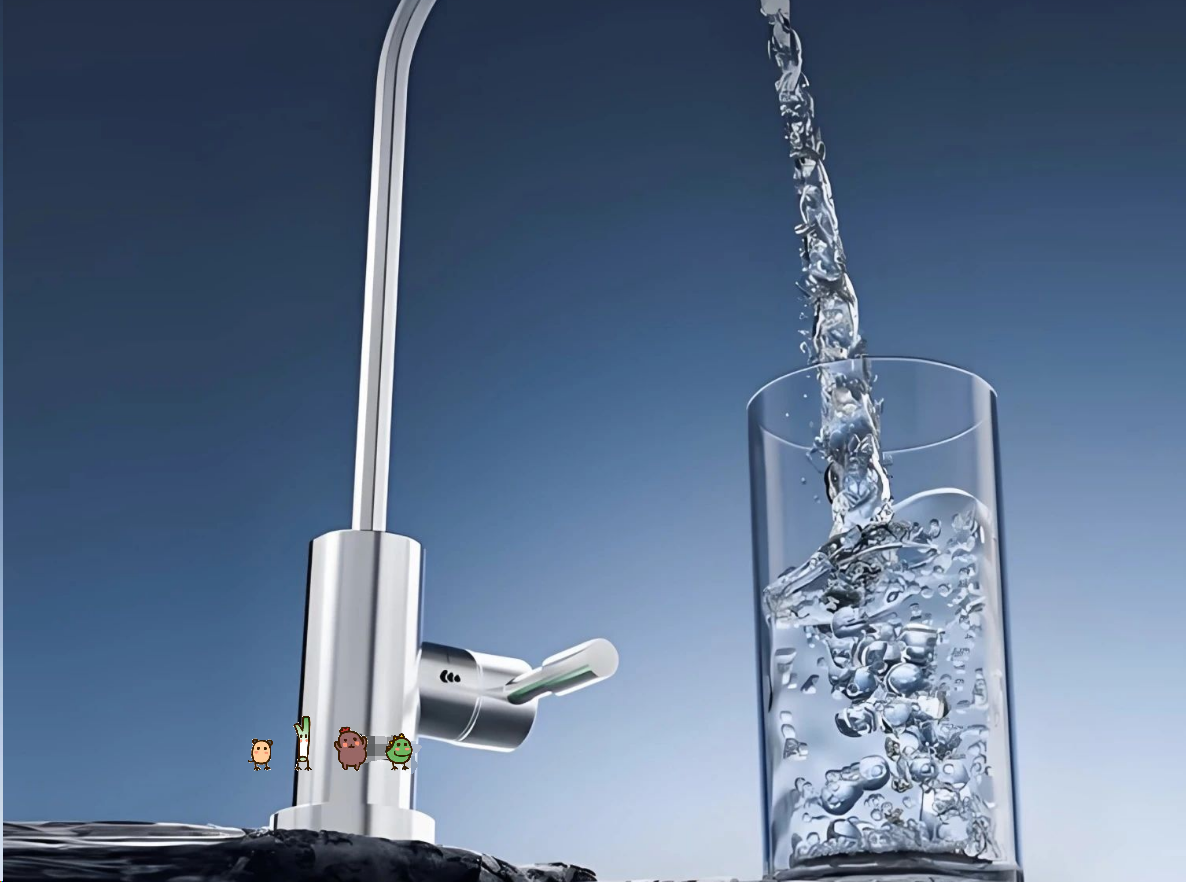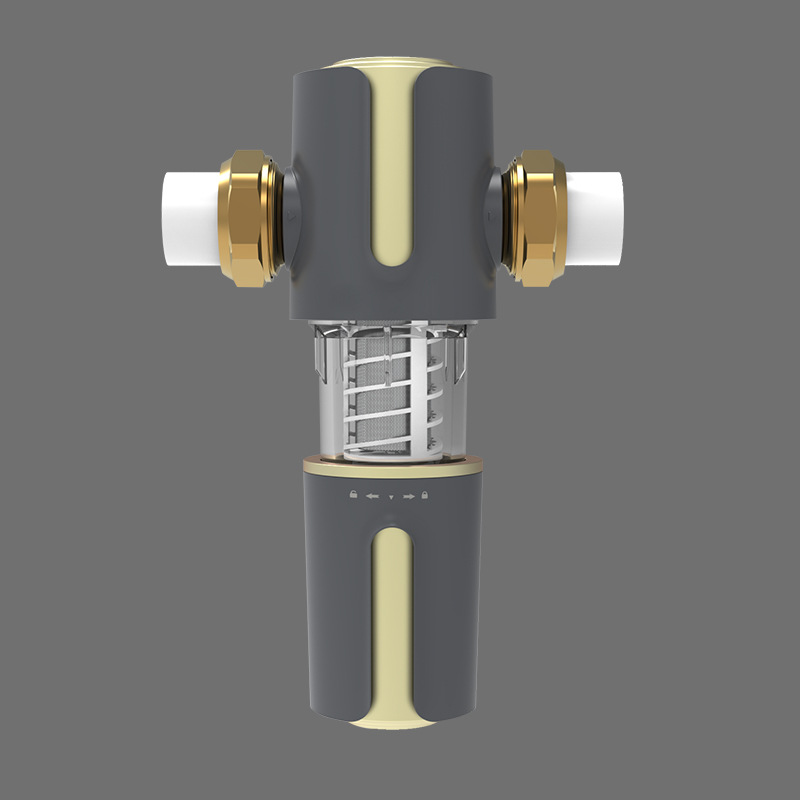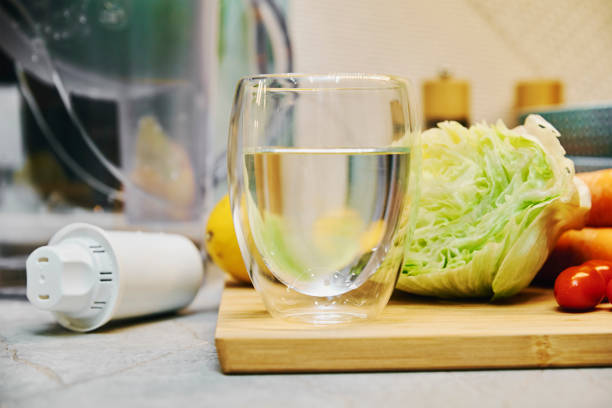Water quality affects the life of the filter

When you find that the filter of the water purifier is frequently replaced, first of all, you should be glad that it is the filter that needs to be replaced instead of your body. Imagine that if you haven't used a water purifier yet, then the pollutants in the filter are what you are filtering with your own kidneys. You should know that the kidney is like the filter of a water purifier. When water enters the human body, it first goes to the stomach, then to the intestines, and then is absorbed into the liver through the intestines. After being detoxified by the liver, it enters the blood circulation. When the impurity content in the water we drink is too high, the kidney bears a very heavy filtering burden. Once some impurities cannot be effectively filtered, they will slowly and slowly accumulate in our body, which is equivalent to the impurities being adsorbed on the filter.
Secondly, you should be familiar with the water quality of your place. The water quality in various parts of my country is different, so the degree of pollution, pollutants, and frequency of use will also change accordingly, resulting in different lifespans of the filter. Three situations in which the filter must be replaced
So what situations must the filter be replaced in the water purifier? Let's continue to read
1. When the flow rate of the water outlet of the water purifier becomes very small and cannot meet the daily expenses, it means that the filter is blocked and should be cleaned. If the normal flow rate is not restored afterwards, then for the sake of health, the filter must be replaced.
2. The taste of the water is similar to tap water, and the chlorine smell still remains in the water.
3. The water purifier has been used for two years and the filter element has not been replaced.
Finally, please note that the replacement time of the filter element is not only determined by the local water quality, but also by its material, which is a decisive factor in determining the replacement cycle.
The material determines the replacement cycle

1. PP cotton filter element - 6 months (normal average life)
Use a water quality demonstrator to test the quality of household water. If the water quality demonstrator turns yellow in about 14 days, the filter element should be replaced according to the normal life of 6 months; if it turns yellow in 10 to 14 days, it means that the water quality is not good and the filter element should be replaced in 4 to 5 months; if it does not change color for more than 16 days, it means that the water quality is good and the filter element can be replaced in 7-8 months.
2. Activated carbon filter element - 12 months (normal average life)
Tap water is disinfected with chlorine by the water plant. There will be residual chlorine in the tap water delivered to your faucet. This is why we feel a pungent smell when we drink tap water directly. Use a residual chlorine tester to test tap water. According to different colors, the residual chlorine content in the water is obtained. If the residual chlorine content is good, it should be replaced according to the normal average life of activated carbon of 12 months. If the content is high, the filter element should be replaced in 10 to 11 months.
3. Front and rear activated carbon (large and small T33) filter element - 12 months (normal average life)
Use the above test method to test the activated carbon filter element, and use the residual chlorine test agent to test the chlorine content in the water for analysis.
4. Ultrafiltration membrane - 12 months (normal average life)
Collect tap water to the place where the ultrafiltration membrane is purchased to test the turbidity and impurity content of the water quality.
5. RO membrane - 24 months (normal average life)
Use the TDS test pen to test the filtered water quality. The reading within 10ppm indicates that the RO membrane is still within its service life and can still work.
6. Ceramic filter element - 5 years (normal average life)
The ceramic filter element releases trace elements and adjusts the pH value. According to professional testing, the ceramic filter element has an ultra-long service life, with an average service life of 5 years.
7. Softening filter element - 24 months (normal average life)
The softening filter element is a recyclable filter element product with a normal average service life of up to 2 years. Take tap water to a water quality testing site to test the calcium and magnesium ion concentrations, and shorten the service life appropriately based on the magnesium ion content.


 Still drinking “tap water”? Whole house water purification system is really too fragrant
Still drinking “tap water”? Whole house water purification system is really too fragrant
 Why are you being advised to install a water purifier?
Why are you being advised to install a water purifier?
 Water purifier + pre-filter, IQ tax or life necessity?
Water purifier + pre-filter, IQ tax or life necessity?
 Water purifier purchase nanny level strategy: from classification to avoid the pit, read this not to spend the wrong money!
Water purifier purchase nanny level strategy: from classification to avoid the pit, read this not to spend the wrong money!